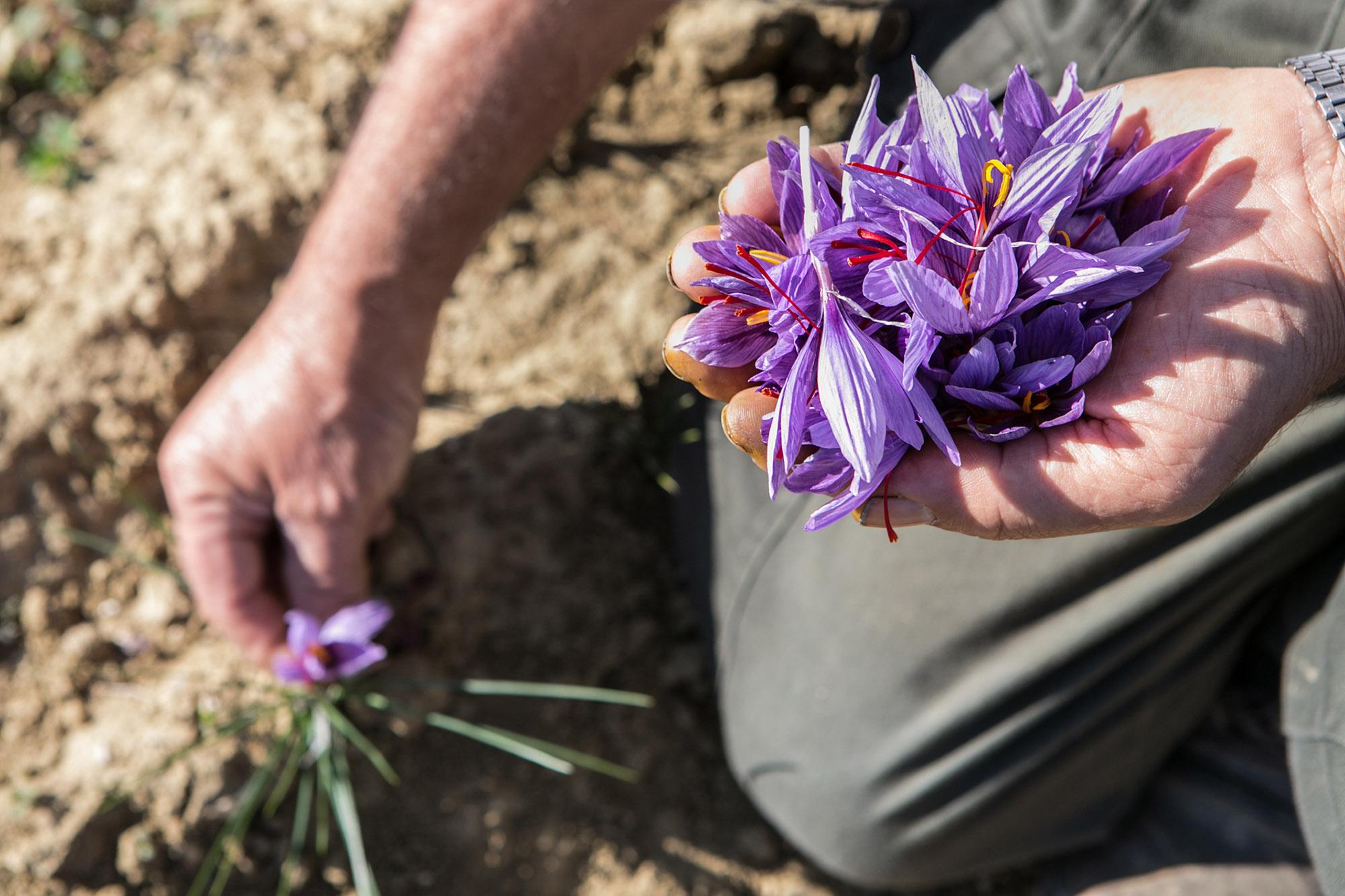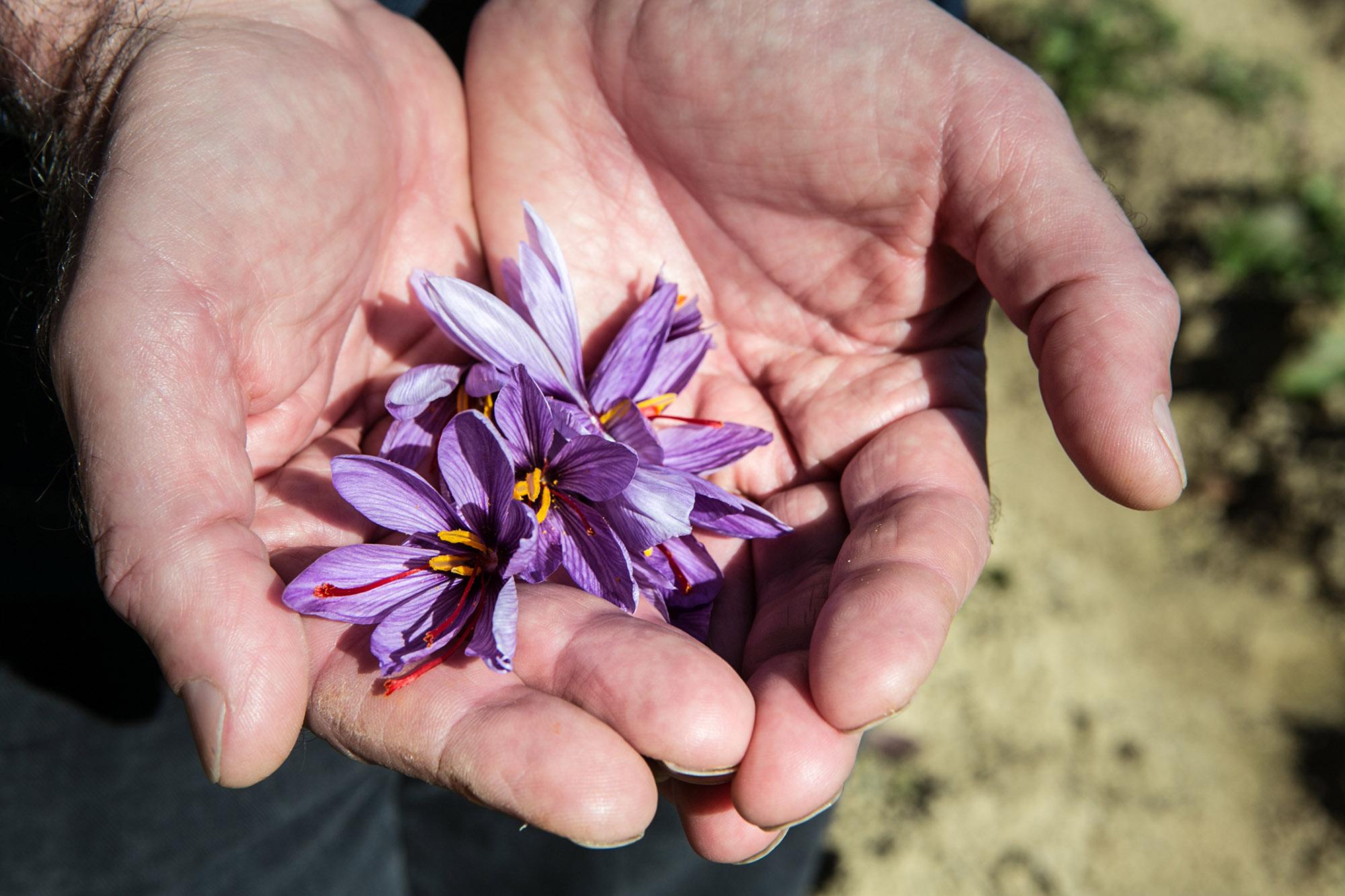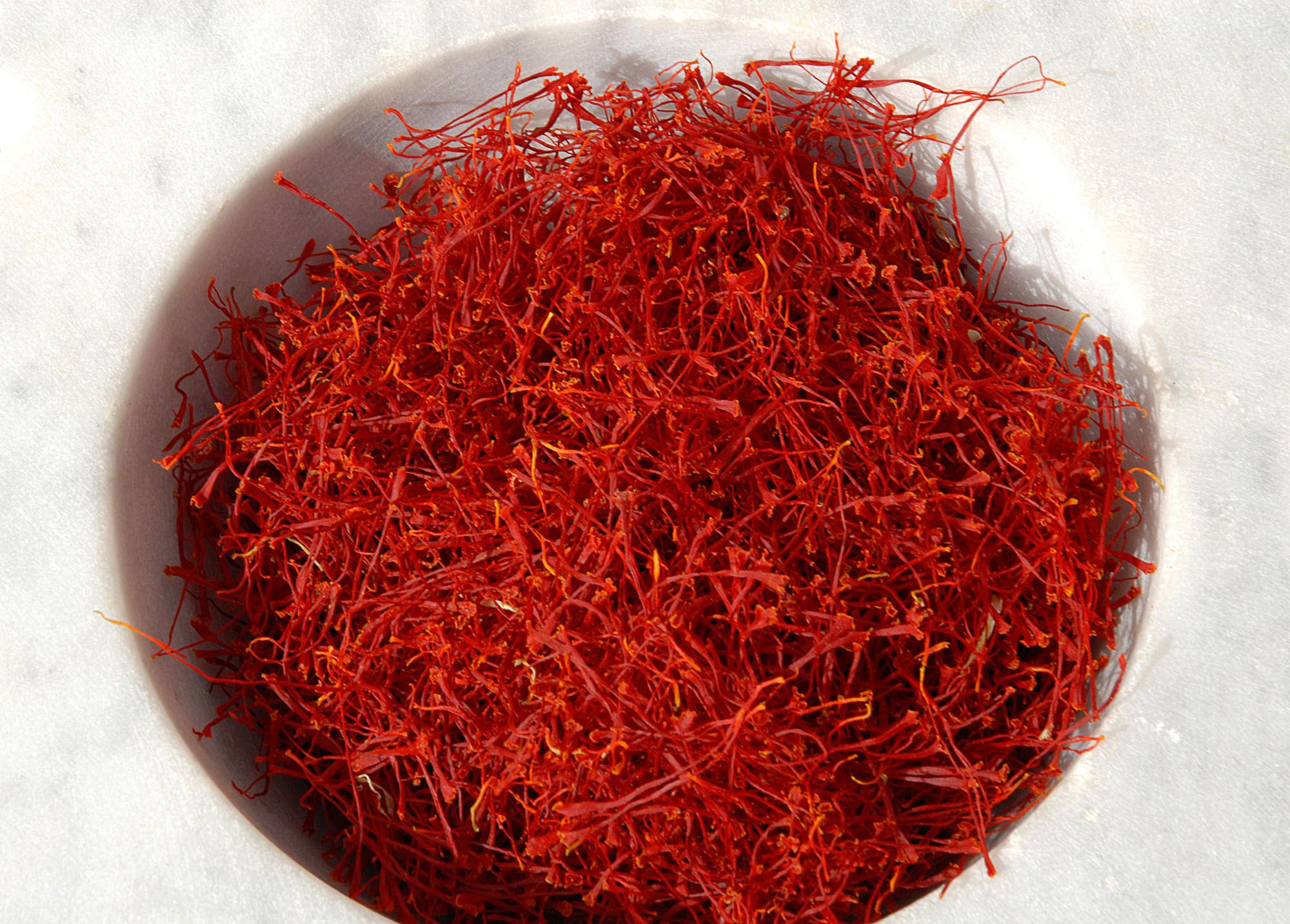Saffron from San Gimignano: the precious flowers that built the towers

During the flowering season of Autumn crocus (Crocus sativus), the sight of the shimmering lilac coloured fields astounded the pilgrims who travelled the Via Francigena on the way to Jerusalem. Introduced since the first crusades, saffron found the ideal growing conditions in San Gimignano.

Its quality was prized highly and testimony from ancient times tells us that an intense trade sprang from the city. It saw saffron exported all over the Mediterranean basin, including the Near East, France, and England, as well as all over Italy. Already in 1159 in the markets of Alexandria in Egypt, the largest centre of exchange between East and West, San Gimignano saffron was preferred to the eastern variety “for its goodness and its price”. Early on, profits were so high that some families, enormously enriched by this trade, decided to invest the profits in the construction of the famous towers, as a symbol of their power and wealth.

Considered precious since Antiquity, saffron was used as an aphrodisiac in Persia. In Greek mythology, Hermes, the god protecting animals, reawakened their libido with saffron and it is said that Zeus's bed was blanketed with saffron pistils. A festive and cheery plant, saffron was very popular at Roman banquets, such as Trimalchi's fabled dinner. The wedding dresses of medieval women were dyed with saffron and brides wore a necklace hanging a bag of saffron, a sign of goodwill for a happy and prolific marriage. And nobles of the Renaissance, in a revival of customs practised in ancient Rome, placed bouqets of saffron on their wedding tables as a symbol of joyful and thriving marriage, with an aphrodisiacal intent.
This marvelous spice has among its many properties also to stimulate good mood. In the Middle Ages, to a person who was particularly cheerful and optimistic people wondered if he had slept in a saffron bag. The good mood combined with a healthy desire makes the Saffron of San Gimignano a special ingredient for a truly unique romantic experience.

It was so precious that it’s mentioned in historical documents as a gift given in tribute to famous people of the era, such as the Emperor Frederick II and King Charles of Anjou.
The production of the purest and officially protected San Gimignano saffron is a source of pride and joy. Cultivated, harvested and completely refined by hand according to organic criteria, it is packed carefully to maintain the stigma intact as taught by all connoisseurs. The American researcher Ellen Szita, one of the world's leading experts on the subject, realised the plant's great merits. Scientific confirmation on Zafferano di San Gimignano's outstanding quality was achieved via a series of rigid analytical tests carried out for the purpose of attaining DOP Denomination of Protected Origin.

